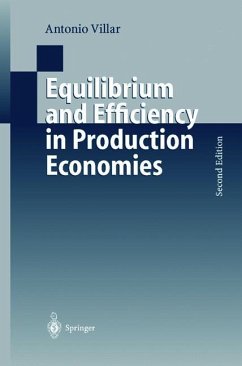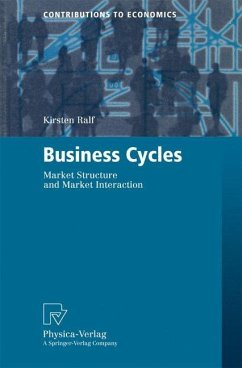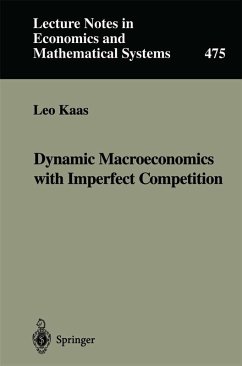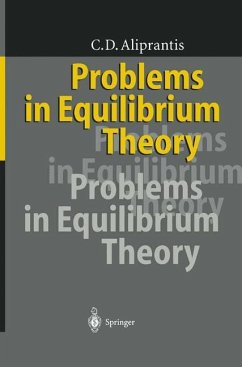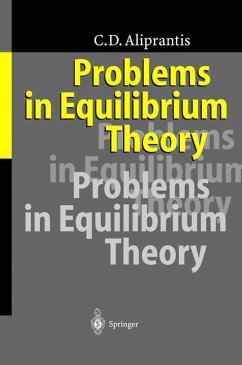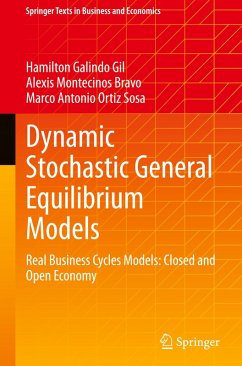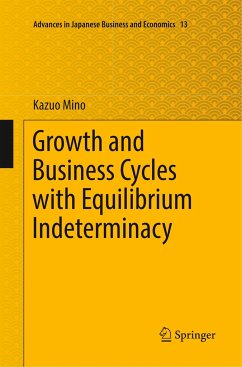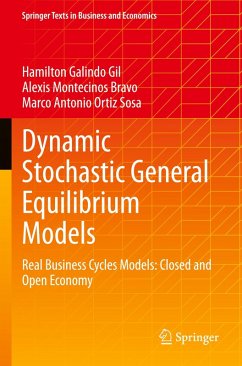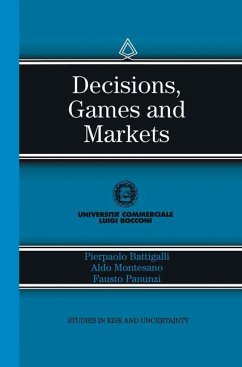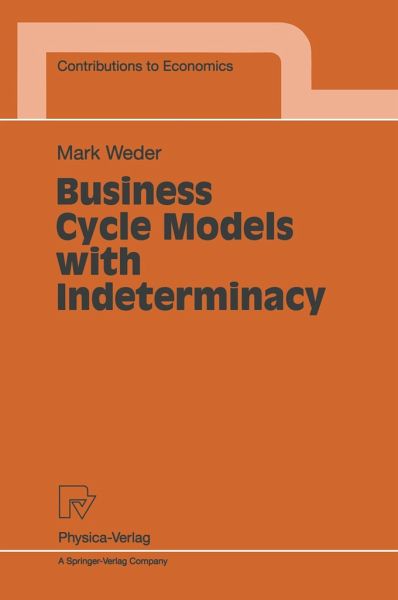
Business Cycle Models with Indeterminacy

PAYBACK Punkte
20 °P sammeln!
Three original models which explain business cycles as a result of self-fulfilling expectations are presented. The models are founded on the structure of dynamic general equilibrium theory. Market power and increasing returns to scale are introduced which allow indeterminancy of the Rational Expectations equilibria to be obtained. Unlike the majority of existing literature on this subject, the departures from perfect markets and constant returns presented in these models are very low and, more importantly, at a realistic level to achieve the respective results. It is demonstrated in all of the...
Three original models which explain business cycles as a result of self-fulfilling expectations are presented. The models are founded on the structure of dynamic general equilibrium theory. Market power and increasing returns to scale are introduced which allow indeterminancy of the Rational Expectations equilibria to be obtained. Unlike the majority of existing literature on this subject, the departures from perfect markets and constant returns presented in these models are very low and, more importantly, at a realistic level to achieve the respective results. It is demonstrated in all of the presented models that stylized facts of the business cycle can be reproduced.



